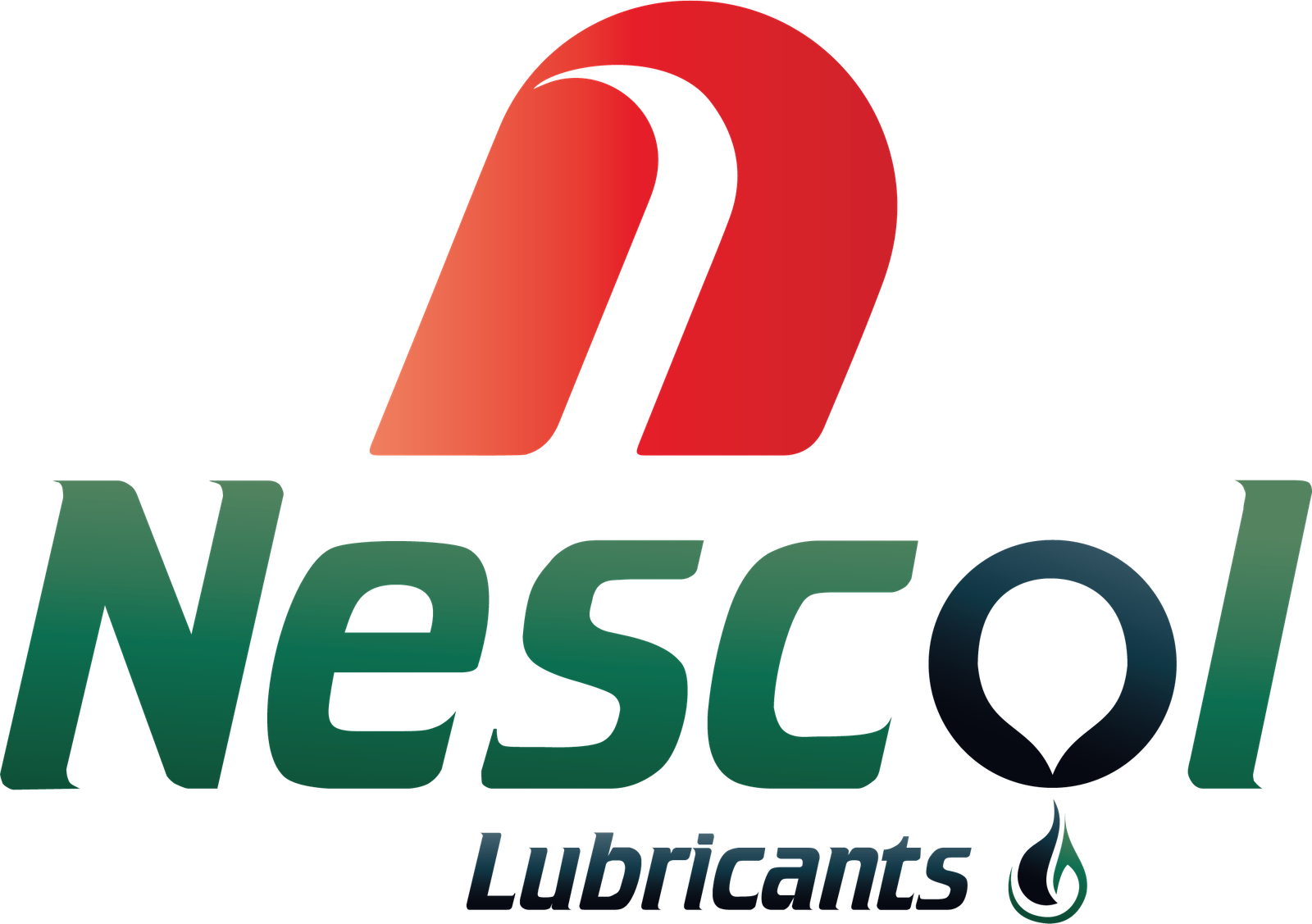Let’s Start Work
Together
Please feel free to contact us. We will get back to you with 1-2 business days. Or just call us now.
What is NESCOL Mono Ethylene Glycol?
NESCOL Mono Ethylene Glycol, or MEG, is a colorless, odorless, and slightly viscous organic compound that is widely used in various industries, including the automotive sector. MEG is derived from ethylene oxide and water through a process known as ethoxylation. It is a versatile compound that is soluble in water and most organic solvents, making it an ideal additive for automotive lubricants.

Properties of NESCOL Mono Ethylene Glycol
- High Thermal Stability: NESCOL Mono Ethylene Glycol has excellent thermal stability, which helps prevent the oil from breaking down at high temperatures. This is important in automotive applications where the lubricant is exposed to high temperatures due to engine operation.
- Low Viscosity: MEG has a relatively low viscosity, which helps improve the flow of the lubricant and reduce friction within the engine. This can help improve fuel efficiency and reduce wear and tear on engine components.
- Chemical Stability: NESCOL Mono Ethylene Glycol is chemically stable, which means it does not react with other compounds in the lubricant or the engine. This helps ensure the overall stability and performance of the lubricant over time.
- Anti-corrosive Properties: MEG has excellent anti-corrosive properties, which help protect metal surfaces from rust and corrosion. This is important in automotive applications where metal components are exposed to moisture and other corrosive elements.
Benefits of Using NESCOL Mono Ethylene Glycol in Automotive Lubricants
MEG helps improve the lubricity of the oil, which reduces friction between moving parts in the engine. This can help reduce wear and tear on engine components, leading to a longer lifespan for the engine.
NESCOL Mono Ethylene Glycol helps reduce oxidation of the oil, which can lead to the formation of sludge and varnish in the engine. By using MEG in automotive lubricants, you can help extend the oil change intervals and keep the engine running smoothly.
MEG has excellent thermal conductivity, which helps improve the cooling capacity of the oil. This is important in automotive applications where the engine generates a lot of heat and requires efficient cooling to prevent overheating.
NESCOL Mono Ethylene Glycol is compatible with other additives commonly used in automotive lubricants, such as detergents, dispersants, and anti-wear agents. This allows for greater flexibility in formulating lubricants that meet specific performance requirements.
Applications of NESCOL Mono Ethylene Glycol in Automotive Lubricants
- Engine Oils: MEG is often used as an additive in engine oils to improve lubricity, reduce friction, and enhance cooling capacity. This helps protect the engine from wear and tear, improve fuel efficiency, and extend the lifespan of the oil.
- Transmission Fluids: MEG can also be used in transmission fluids to improve lubricity and thermal stability. This helps ensure smooth shifting and optimal performance of the transmission system.
- Coolants: NESCOL Mono Ethylene Glycol is a key ingredient in automotive coolants, where it helps improve heat transfer and prevent corrosion in the cooling system. This is important for maintaining optimal engine temperature and preventing overheating.
- Hydraulic Fluids: MEG is also used in hydraulic fluids to improve lubricity and reduce wear on hydraulic components. This helps ensure smooth operation of the hydraulic system and extends the lifespan of the equipment.
Conclusion
NESCOL Mono Ethylene Glycol is a versatile compound that offers a wide range of benefits when used in automotive lubricants. Its high thermal and chemical stability, low viscosity, and anti-corrosive properties make it an ideal additive for improving the performance and longevity of engines and other automotive components. By incorporating MEG into automotive lubricants, you can help protect your vehicle, improve fuel efficiency, and extend the lifespan of engine components. Next time you’re shopping for automotive lubricants, be sure to look for products that contain NESCOL Mono Ethylene Glycol for optimal performance and reliability.
